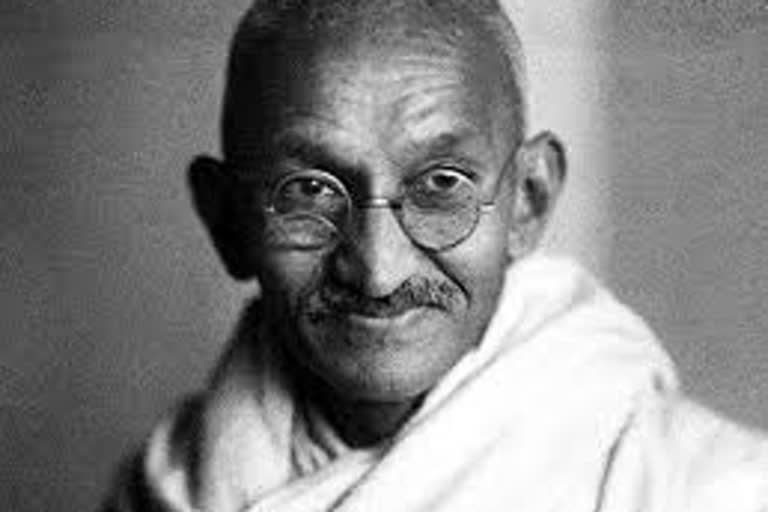Hyderabad: Ramachandra Guha said, “Gandhiji’s biggest contribution to the upliftment and emancipation of women was enlisting them in social and political agitations.”
YES, Gandhiji brought women, who were hitherto confined to kitchens, into the Indian freedom struggle. Now, all over the world, including our country, politics are run by (muscular) men. “Contrary to this Gandhi encountered muscular British force with ‘womanhood’ weapon,” says Ruchira Gupta, a women activist. Yes, this is true.
The inspiration behind the non-violent satyagraha movement were his mother Putli bai and wife Kasturbai. Bapu used to recall that he received lessons from them in non-cooperation movements. He enlisted a large number of women as non-violent activists, first in South Africa and later in Indian Freedom Struggle.
He transformed Congress Organisation, which had so far, confined itself just to submitting petitions, into a vast platform for people’s movement. In that process, he inspired and encouraged women, in unparalleled numbers, to participate in those movements.
Two important changes have taken place with women entering public life. One, they were activated, second because of working with women activists, there was marked change in the thought process of men. They have, thus, learnt to respect women as equals.
Bapu inspired women to participate in agitations in South Africa ashrams and other agitations. Women stood by the largest mine workers strike.
In India, Gandhiji’s first struggle was in Champaran, where out of the 25 volunteers, there were 12 women in the struggle of farmers. This new era struggle that started here extended to Salt Satyagraha, Dalit emancipation, Quit India agitation and marched forward more effectively.
In 1919 Gandhi led Ahmedabad textile industry workers' strike; whereas another important, Anasuya Sarabhai led 1921 Civil Disobedience agitation, where women participated in large numbers. Their role in burning foreign-made goods, Swadeshi Movement etc., was noteworthy.
Bapu believed that when women, who constitute 50 percent of the population, participate, any movement would be successful. He used to say that when the weakling (abala) turns to be a strong person (sabala), the helpless becomes a strong person.
Women enthusiastically participated in social movements like charkha weaving, cotton clothes preparation. Bapu used to say that women can become independent financially too, when they weave charkha.
Gandhi played an important role in making Sarojini Naidu the first woman president of Congress in 1925. Even in progressive parties such as the British Labour Party, the American Democratic Party, women could not become leaders at that time.
This is a very notable point. When elections were held, as per 1919 act, Gandhiji encouraged, women to participate in them.
In 1931, with the spirit of Gandhiji, Congress passed a resolution demanding equal rights for women, irrespective of their education and designation. It may be noted that several countries even in Europe had not accorded women the Right to Vote.
Gandhiji gave equal preference to independence and social movements and started Harijan Development Yatra in 1933. The chief aim of this tour was to inspire the society towards providing equal rights to Dalits who were being treated as 'untouchables'.
Women stood by him in this yatra. In his national tour, including Andhra Pradesh, women gave away their on-body ornaments as a donation.
Several women participated in Dandi Satyagraha and got arrested.
Kasturbai Gandhi, set out from Sabarmati Ashram with 37 women volunteers and prepared salt, violating the law. Sarojini Naidu, Kamala Devi Chattopadhyay and others played a lead role.
Muslim women participated in Khilafat non-cooperation movements. Muslim women were not following the purdah system while with Gandhiji, which is reflective of their confidence and faith in him.
